News
The Portugee Phillips Ride, The Facts and The Legend
Published
2 years agoon
By
cvannoy
In researching history, it is often difficult to ferret out the real story. As time goes by, stories are told and repeated as fact, and the facts are often lost in the mists of time. So it is with the famous ride of John, “Portugee” Phillips from Fort Phil Kearny to Fort Laramie after the Fetterman Massacre.
Phillips was born Manual Felipe Cardoso on April 8, 1832, in the Azores. He came to the United States to pan for gold, and he followed the gold strikes into Montana in 1865. Since he was born in Portugal, he was nicknamed “Portugee or Portuguese.” Early in 1866, he joined a party that was coming to the Big Horn Mountains to prospect for gold. His group arrived at Fort Phil Kearny on September 14th, and he was at the fort during the Fetterman Fight on Dec. 21.
After Fetterman was killed, Col. Carrington felt the fort on Piney Creek might fall into the hands of the Sioux. Thinking it was a suicide mission, he asked for volunteers to venture out into the blizzard and the below zero temperatures and ride to Fort Laramie to bring a relief force.
Phillips and one other man volunteered for the ride. Both were clad in a buffalo coats, heavy hats, boots, and gauntlets, and armed with a Spencer rifles, pistols and ammunition.
They rode to Fort Reno and stopped briefly rest and warm up. Lt. Col. Henry Wessells gave Phillips another message to take to Fort Laramie, sending riders with them. At Horseshoe Creek Station, near present day Glendo, an old pony express stop with a telegraph, he rested again and sent a telegram to Fort Laramie. Not trusting the telegram to be delivered and having promised to give the dispatch to the commander of the fort, he mounted his tired horse again and continued riding the last 26 miles to Fort Laramie. He arrived at Bedlam Hall on Christmas Day, where a Christmas Ball was in full swing. Cold and exhausted, he delivered the dispatches to the commander, Col. Innis Palmer.
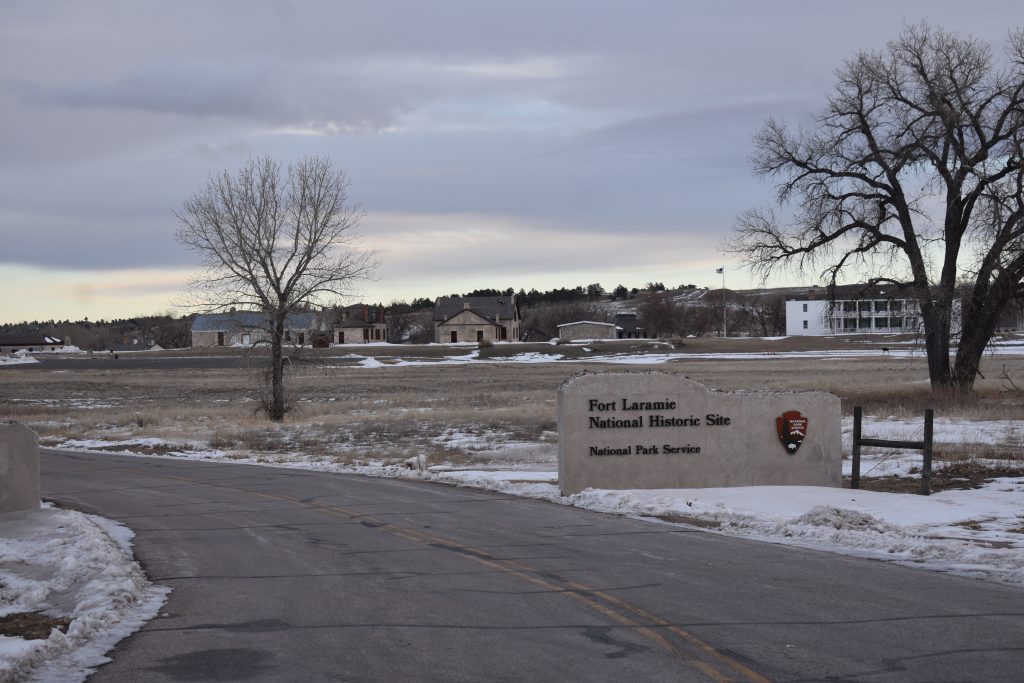
The faithful horse that carried him the 236 miles through -20 degree temperatures, high winds, blowing snow and deep drifts, died a few hours later. Phillips and the other rider, received $300 for their ride. Although there is one story that said because the ride was outside of his scouting duties, Phillips was never paid the $300. Later, Phillips widow asked congress for money due to the ride shortening Phillips life. Those are the facts.
However, there are several stories about the famous ride. In the Kaycee Independent newspaper in March of 1917, an article about the Bozeman Trail says this about Phillips’s volunteering for the mission.
Half of the little garrison was now wiped out and ammunition was low. The cold was intense, but Fort Laramie must be notified of the sad plight and a miner who was there, taking Col. Carrington’s horse, rode the 236 miles of Indian infested country, riding nights and hiding days, reached Fort Laramie Christmas night when reinforcements were dispatched.
This article referenced that Phillips took the Colonel’s horse, which has been disputed by some historians. In another article, it said the horse was named, ‘Gray Eagle’ another gave the horse’s name as ‘Dandy’. In an article in The Laramie Boomerang, on June 2, 1903, didn’t have a name for the horse but said this:
Col. Carrington, believing that the Indians would attempt to capture the fort, called for volunteers to ride to Fort Laramie for reinforcements. A citizen “Portuguese” Phillips by name offered to make the attempt provided he be allowed to select his mount. This was granted, and he chose the commanding officer’s horse— a magnificent black thoroughbred— on which he safely reached his destination.
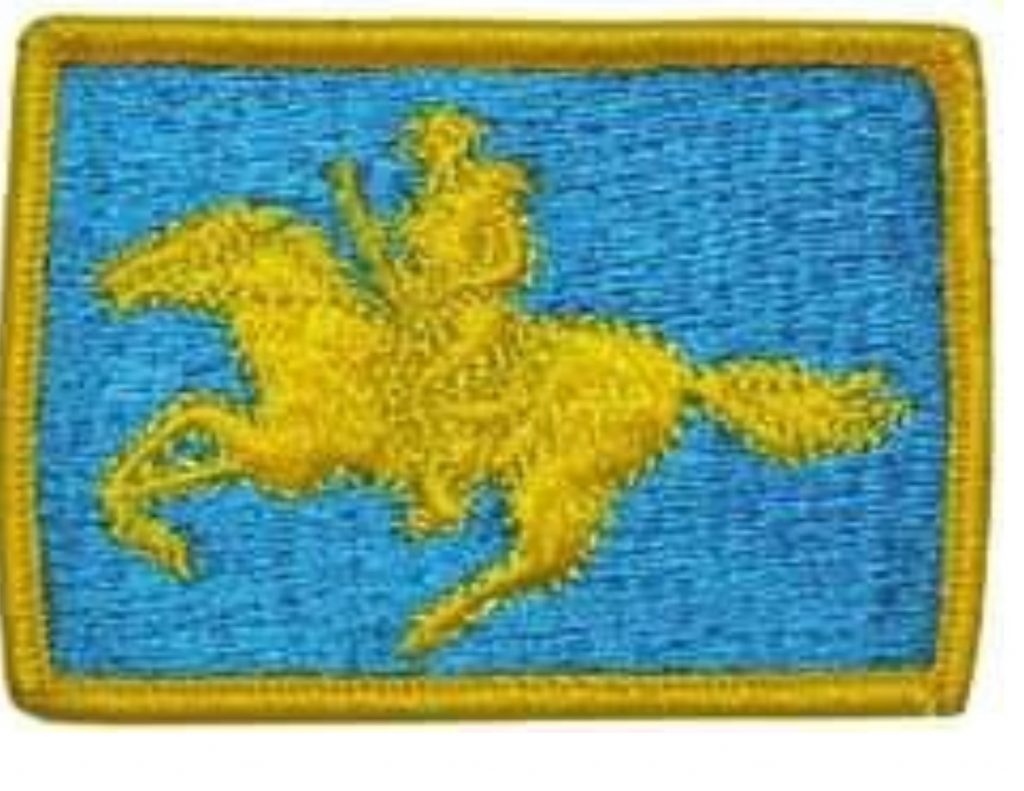
Historian Bob Wilson, in his recent talk about the Fetterman fight, was asked about the Phillips ride. Wilson said that Carrington had lost his horse to alkali poisoning earlier in the year, and Phillips and the other man took the two best horses left at the fort.
Wilson added that the horses at the fort were in an extremely weakened condition. If Phillips and the other rider took, “the best two horses at the fort,” Phillips’s horse must have been in better condition than the rest to make the journey. Even if it were not Carrington’s favorite horse, the officers would ride the best horses at the fort, so undoubtedly the horse Phillips rode could have been “Carrington’s mount.”
But no matter. Whether the horse was a ‘magnificent black thoroughbred’ or a small, tough mustang, the fact remains that the horse, as much or more even than Phillips, deserves recognition for carrying the rider safely for the 236-mile journey in the extreme winter conditions. With below zero temperatures, blowing snow and deep drifts, it must have been a nightmare journey.
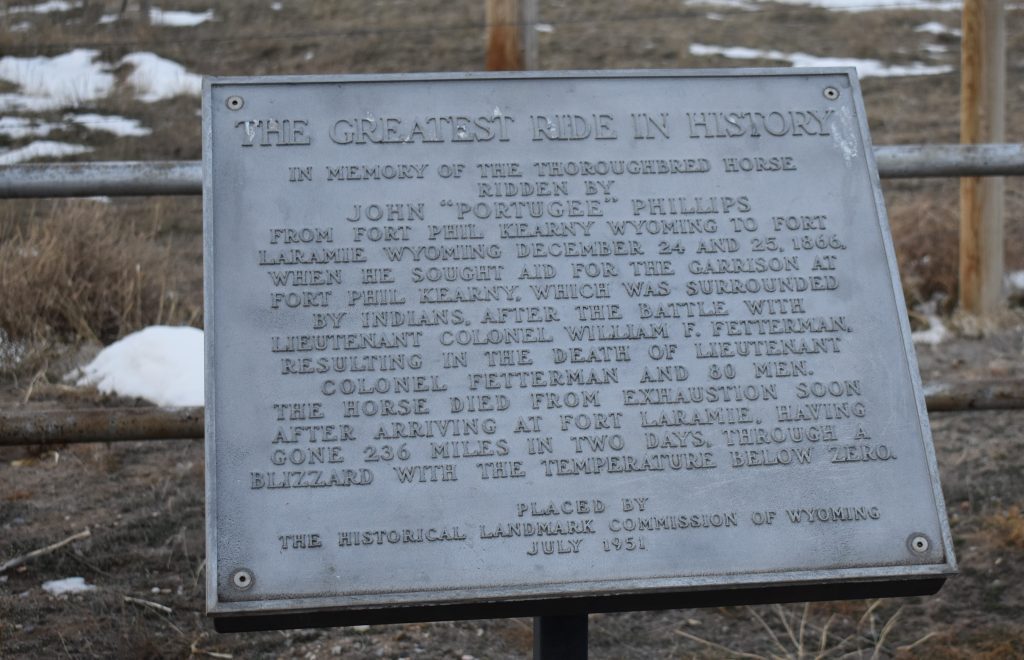
Here is one version of the story from the The Wheatland World, January 5, 1900, when the paper ran an article about Phillips widow, Hattie, who approached congress about receiving payment for her husbands service.
Fort Phil Kearny was invested by the Sioux, who had suddenly risen in the dead of winter. A detachment of troops, under Colonel Fetterman. sallied forth and was cut off and killed to the last man after making a desperate resistance until all their ammunition was gone.
Red Cloud’s braves outnumbered the garrison twenty to one. An attack was hourly expected and the women and children begged to be placed in the powder house and blown up if the attack seemed likely to be successful, that they might escape the fate that would be theirs if the fort was captured.
There was no hope of holding off the Indians unless by outside help, and the outside world was in ignorance of the siege of the fort. Phillips volunteered to make the attempt. With a few biscuits for rations, he left the fort at midnight and made his way through the Indians. It was a five days’ desperate ride over country uninhabited by white men, but swarming with Indians. His traveling was all done at night, and in the day time he was obliged to lie in hiding. The thermometer was 23 degrees below zero. When Phillips reached Fort Laramie he fell from his horse in a faint, throwing his dispatches at the sentry’s feet. At troop was sent from Fort Laramie, and Fort Phil Kearny was relieved in the nick of time.
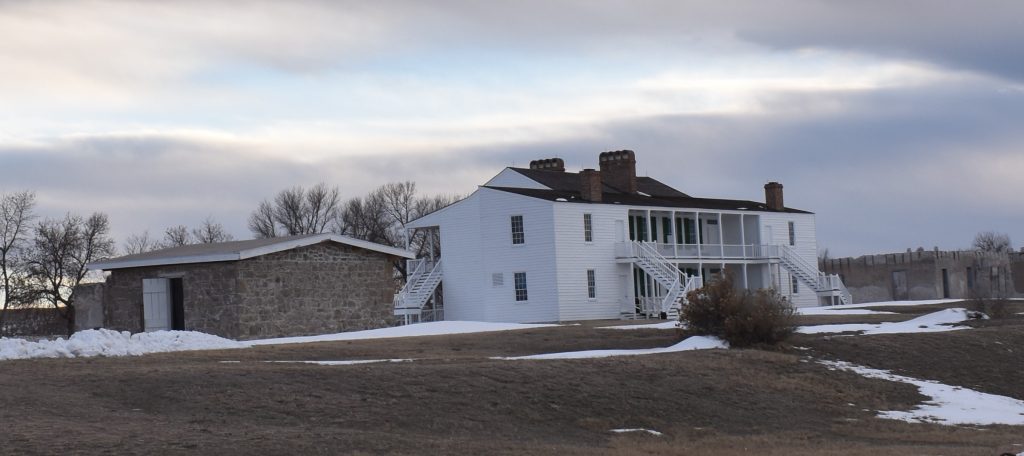
Phillips’s story is not over when he arrives at the fort. For years afterward the Sioux harassed him, and killed his livestock on his ranch near Chugwater
In The Wheatland World, of Jan 5, 1900. The rest of Phillip’s life was spent in dodging the Indians, who regarded him as responsible for the failure of the attack on the fort and tried on many occasions to capture and kill him. At one time he was lassoed and dragged off but managed to escape. Again, a band of Indians destroyed his livestock. Phillips got judgment for $2,210 from the court of claims. But it turned out that Phillips at the time was not a fully naturalized citizen and the claim could not be paid. He was a government scout and received $300 for various services in that capacity, but his ride to Fort Laramie was outside the scope of his scouting duty, and he never received any payment for that.
Phillips died on November 18 of 1883 at the age of 51. Eventually his widow, Hattie, received large sum for her husband’s sacrifice. In the same article quoted above, it reads: Relief for a Hero’s Widow. The New York Times speaks of the measure recently introduced in congress by Rep. Mondell, of this state: A bill is now pending in congress for the relief of Hattie A. Phillips, the widow of John Phillips. Two eons two congress have failed to pass on similar bills, but is believed that the revival of patriotic enthusiasm brought about by the war, will ensure the passage of this one especially, as there is a desire to honor heroes. John Phillips was the man who made the famous ride from Fort Phil Kearney to Fort Laramie at the beginning of the Sioux outbreak many years ago. Though the hardships of his ride broke down his health and led to his early death, he never received anything from the government.
Thirty-four years after Phillips famous ride, in 1900, Hattie was awarded the $5000. (That is approximately $150,000 in today’s money.) The couple had five children but four died. The remaining son was named Paul Revere Phillips, after the famous Revolutionary War hero.
Hattie Phillips used some of the money to erect a monument to her husband in the Lakeview Cemetery in Cheyenne, Wyoming, where it still stands today. There is also a monument to Phillips not far from Fort Phil Kearny, and a plaque at Fort Laramie honoring Phillips and his mount.
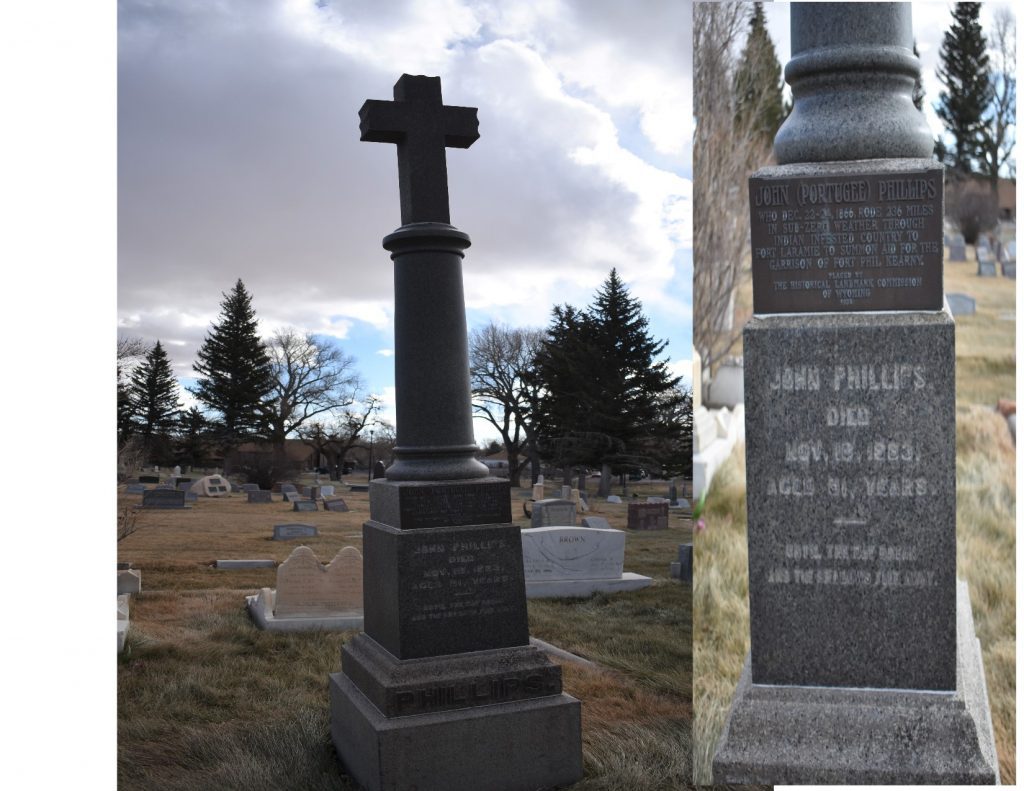


Ann Middag
December 25, 2021 at 12:27 pm
Very interesting story about what happened to people all those years ago. I have never heard of this before, probably because it has to do with the history of what happened in Wyoming, and I’m from the Midwest. That you for printing it!
Snowgoose
March 3, 2022 at 5:51 am
In his book Crow Killer, a 1958 biography of John “Liver Eating,”Johnston, Raymond Thorp describes Johnston encountering and aiding Phillips on his epic ride. True? Who knows. My old paperback copy doesn’t include any documentation. Of course the book was part of basis for the movie Jeremiah Johnson.
Sarah Henry
May 24, 2022 at 2:15 pm
It would be better if I could see the stuff on the stones in the picture.
Fritz Schlichte
March 20, 2023 at 7:50 am
i was once at Ft Phil Kearny in the summer of 2002…was doing a coast to coast bicycle ride…i was FASCINATED by my stop at the famous fort…the Fetterman Fight and the Wagon Box Fight and the famous Phillips Ride and the story of Adolph Metzger…American History at its finest…and the great Indian’s bravery must never be sidelined…